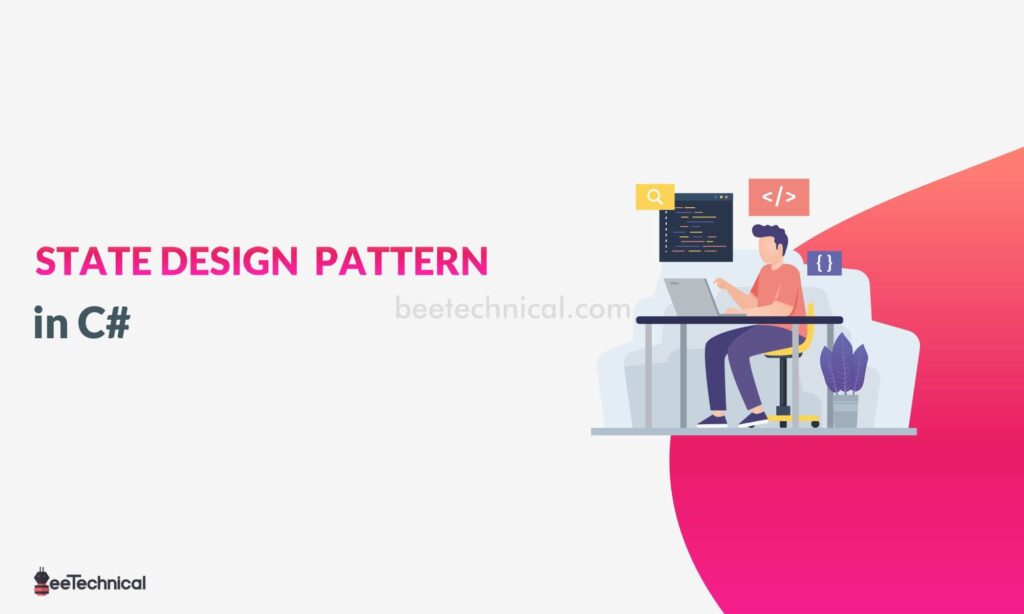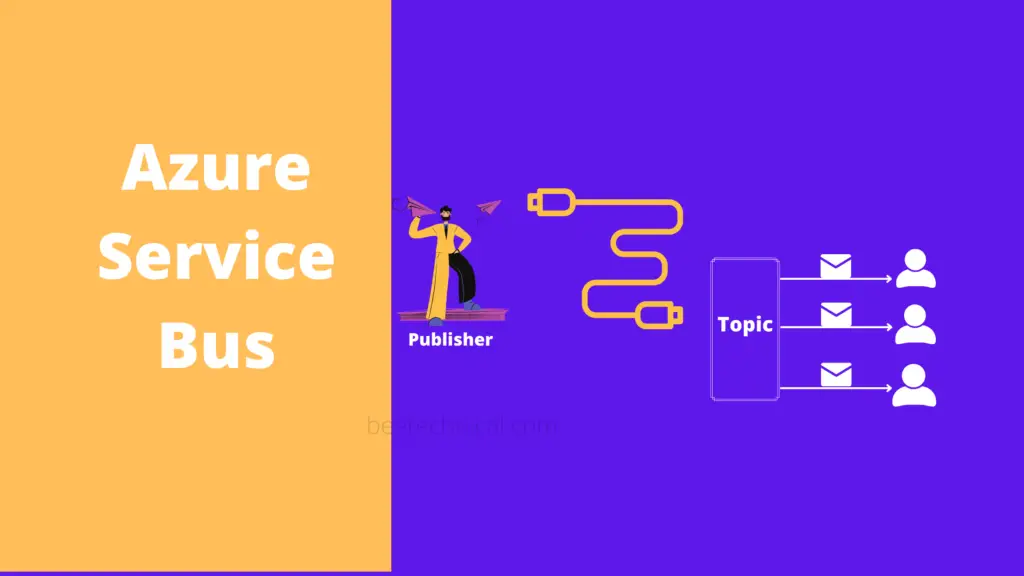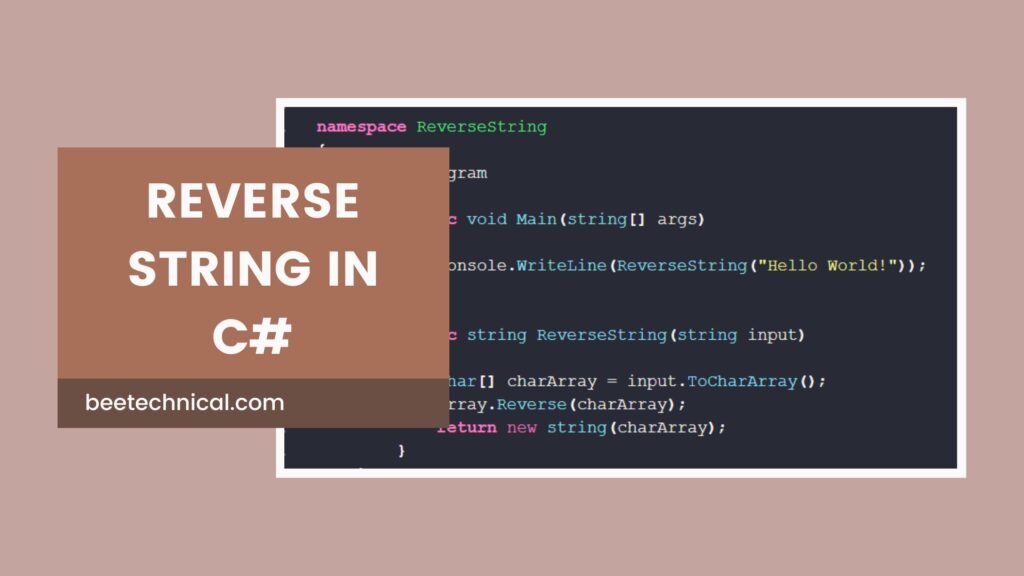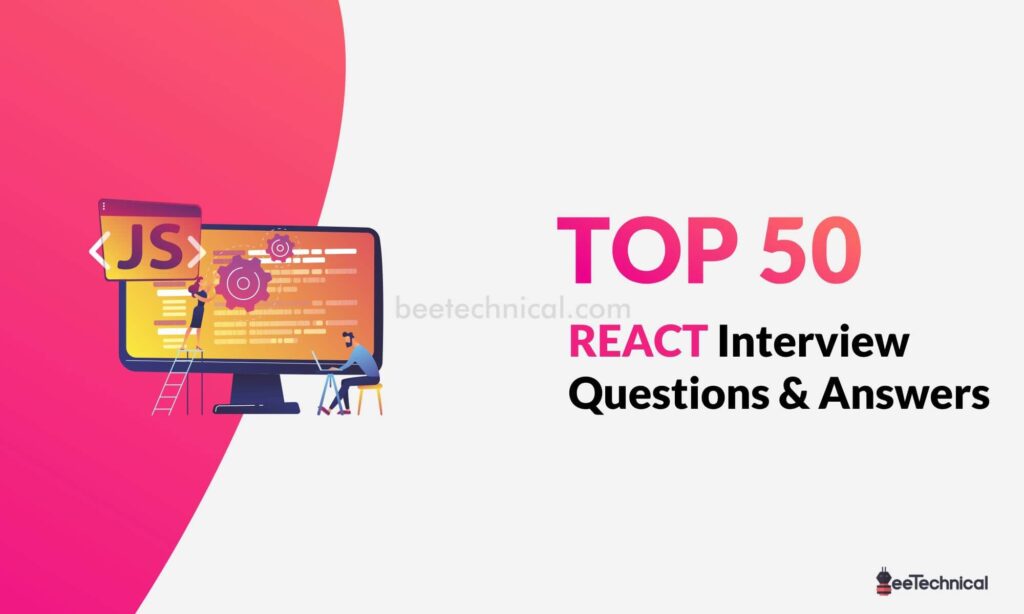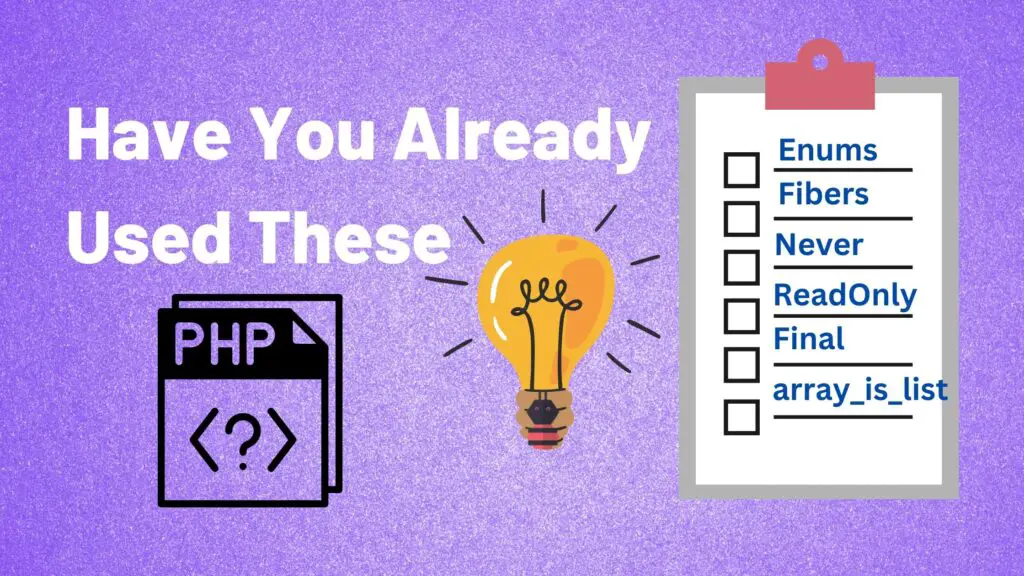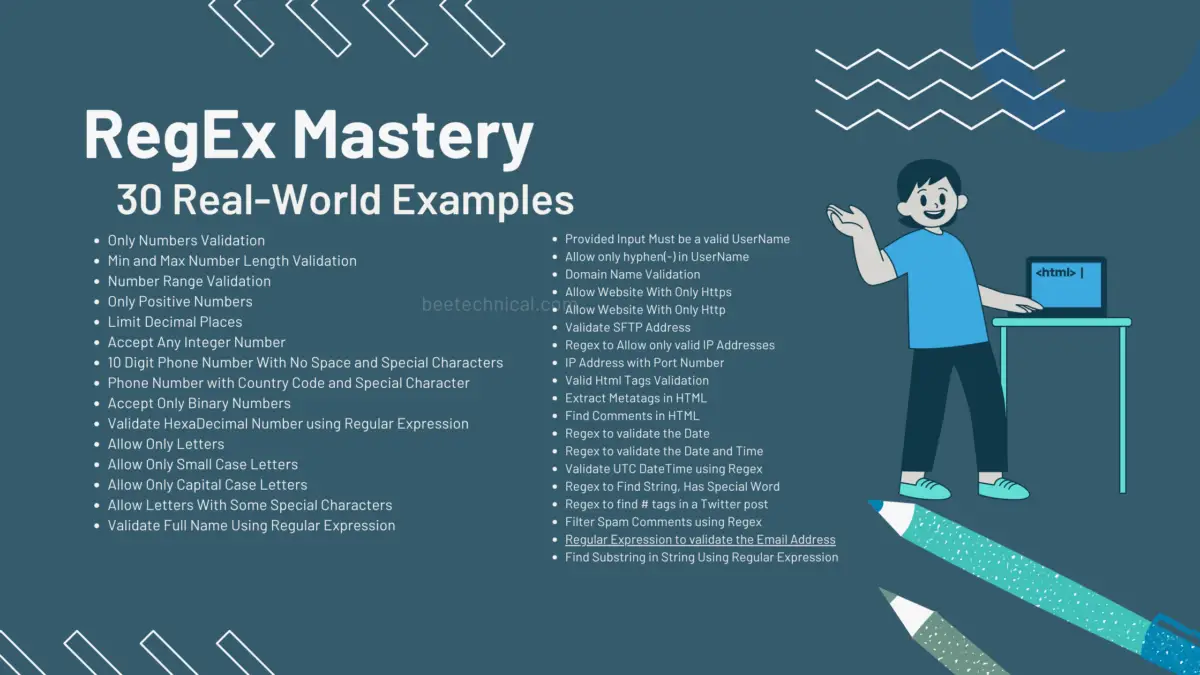According to widely-cited tests published by Ruwan Fernando, gRPC API connections are considerably faster than REST API connections.
In fact, he reported that they are 7 to 10 times faster:
In today’s world, APIs (Application Programming Interfaces) play a major role in software development in terms of speeding up the software development process by decreasing its complexity.
What are APIs?
API is the acronym for Application Programming Interface. The API acts as an interface by which one application makes its data accessible to third-party applications.
The most common use of APIs is to retrieve data from remote websites, by making a request that is used all over the web. The most common API usage that we all see every day is “log-in using Facebook(Facebook Login API)/Twitter/Google/Github”.
Instead of directly logging in to users’ social media accounts, applications use APIs to authenticate the user with each login.
What is a REST Architecture

REST stands for Representational state transfer which is a software architectural style of APIs for web services.
REST consists of a set of constraints designed to simplify software architecture for Client/Server communication.
This architectural model follows the HTTP protocol to generate APIs and the backend data response is delivered to the clients via JSON or XML messaging format.
Architectural Constraints of REST
- Stateless: The server won’t maintain any data from the requests coming from the client side. The session state is stored only on the client side.
- Client-server: The client who is responsible for the user interface, and the server who is responsible for the backend and data storage must be independent of each other,
- Cacheable: The data that will be retrieved from the server must be cacheable either by the client or by the server
- Uniform interface: A uniform interface should be provided by the server for accessing resources without defining their representation.
- Layered system: The client may indirectly access the resources present on the server via other layers such as a proxy or load balancer.
- Code-on-Demand: This constraint is optional. It involves the client being able to get executable code from the server and execute it.
For more info check Wikipedia or also you can check our latest article to know How to use Rest API with Python
What is an RPC architecture?
Before understanding gRPC let us talk about RPC. So RPC is another client-server architecture for generating APIs.
RPC translates the messages requested by a client and sends them to the server and the server responds back to the client after receiving the requests but the internal message passing inside servers is hidden from the client.
The RPC model also has rules for client-server interaction just like REST API.RPC defines rules for the “Calls” (requests) and their formats by which any client can invoke call methods that communicate and interact with a service.
RPC lets the client invoke a function in any particular format and receive a response in the same format no matter what format it is in or wherever the server is located(a local server or a remote server).
For more info check Wikipedia
What is gRPC?
gRPC (gRPC Remote Procedure Calls), also known as Google Remote Procedure Call, is an extension of an open-source remote procedure call (RPC) architecture.
gRPC follows the implementation of an RPC API that uses the HTTP 2.0 protocol and this HTTP is not shown to the API Developer or the Server.
Due to this high-level abstraction, the user doesn’t need to worry about how the RPC concepts are mapped to HTTP, hence reducing the complexity
How does gRPC vs Rest work?
Both the APIs are “client-server” protocols, which means in both the APIs(REST and gRPC), a request is made by the “client” from a “server,” and the server performs an action and returns the response back to the client.
REST is built on standard HTTP like getting and PUT that works properly with APIs for the Internet. For designing gRPC, there is no need to add HTTP commands to the code. Instead, we can select procedures to call any necessary parameters after that gRPC’s software will generate a stub that can be used later on to make the request whenever needed.
Detailed Comparision of gRPC vs REST
So now we have got an overall idea about gRPC and REST, let us now compare them together, so that we can understand which model to use when without getting confused.
The following points will help you compare, understand and select the most suitable model for you; according to your requirement::
1. Working Model & Code Generation
For exchanging data between the client and the server both of them must follow a set of rules that are defined by the gRPC model in a .proto file.
The gRPC compiler has native code generation capabilities as it has protoc compiler which makes it compatible with various programming languages and the integration of the various services working on different languages and platforms is also made possible.
This built-in code generator also makes the creation of SDKs (Software Development Kits) very easy.
Whereas REST API works on a set of predefined guidelines to build Web APIs without enforcing a set of rules. It does not facilitate any in-built code generation capabilities. Developers have to use a third-party tool like Swagger or Postman for coding purposes related to API requests.
3. Streaming vs. Request/Response
As we know gRPC uses HTTP/2 for communication so using TCP connection HTTP/2 can support multiple data streaming from the server along with the traditional request-response.
gRPC let us perform 4 of the following streaming:-
- Unary: when a single request is sent by a client and a single response is received.
- Server-streaming: When a client sends a request message to a server, the server responds back with a stream of messages to a client’s request. After the responses are completed, a status message is sent by the server, which completes the process. When all the responses are received, the client completes the process.
- Client-streaming: when a stream of messages is sent by a client, the server receives it and in return receives the response as a single message from the server with a status message.
- Bidirectional streaming: It is two-way streaming so there is no order to transmit data. Both the streams (client and server) are independent to transmit messages in any order. Generally, the client initiates and ends the bidirectional streaming.
In REST, a request is performed and a response is received in return as they are restricted to the HTTP/1.1 protocol that is used for communication which is making it limited to perform different streamings that gRPC can do.
4. Browser Support and Latency
Browser support is one of the major points we can’t miss discussing in our gRPC vs REST discussion because, in the end, all the web API communication takes place via a browser on the internet.
- Browser Support: gRPC has limited browser support as it uses HTTP/2 features and browsers don’t provide the level of control required over web requests to support a gRPC client. There is a requirement for gRPC-web and a proxy layer to perform conversions between HTTP 1.1 and HTTP/2, hence for now gRPC is limited to internal/private services only.
REST is universally supported by all browsers as it uses HTTP 1.1.
- Latency: gRPC uses the HTTP/2 protocol that has multiplexed streams, which means multiple clients can send multiple requests simultaneously without the need to establish a new TCP connection for each request. Through the established connection, the server can also send push notifications to clients.
REST uses the HTTP 1.1 protocol, which requires a TCP handshake for every request. That’s why REST APIs with HTTP 1.1 suffers from a few latency issues.
5. gRPC vs REST: Data Formats and Serialization
gRPC tends to give much-improved performance because the data exchange process is made more efficient due to the use of a Protocol Buffer to serialize payload data due to which data compression is possible and reduces the message transmission time. Protocol Buffer (Protobuf) automatically converts strongly typed messages into any understandable or chosen programming language.
REST APIs use JSON or XML formats to transfer data. JSON is the most famous format to send dynamic data without the need of following any strict structure.JSON is text-based and very much human-readable in comparison to other formats making it easy for human operators to work with. But JSON slows down the speed of transmitting data between systems which increases the possibility of errors while parsing the request/response because JSON (or other formats) requires to be serialized and converted into the programming language that suits both the client and server sides.
gRPC vs REST: Comparison table
Let’s have a quick look at gRPC vs REST. This table will give you an overall idea at a glance about the differences between gRPC and REST
| Features | gRPC | REST |
| HTTP 1.1 vs HTTP 2 | The client-response model of communication is followed. It uses HTTP 2 for streaming communication and bidirectional support. | request-response model of communication is followed It uses HTTP 1.1 so the flexibility of streaming is not possible |
| Browser Support | Browser support is limited and there is a need for gRPC-web and a proxy layer to perform conversions between HTTP 1.1 and HTTP 2. | Universal browser support |
| Payload Data Structure | Protocol Buffer is used by default to serialize payload data. | JSON or XML formats are mainly used to send and receive data. |
| Code Generation Features | native code generation capabilities available | A third-party tool like Swagger or Postman is used by the developer to code for the API requests. |
| Implementation Time | 45 Minutes | 10 Minutes |
When Should You Use REST vs gRPC?
Although we have discussed the differences between REST and gRPC you might be still confused about when to use which API.So let us discuss it further –
When to Use gRPC APIs
Despite having many advantages as compared to the REST API, gRPC still has a major downside, which is the low browser compatibility. That’s why gRPC is mostly used to build internal systems that external users can’t access. Aside from the downside, there are some cases where you can use the gRPC API. The cases where you can implement the gRPC model are as follows:
- Lightweight Microservice connections: gRPC APIs give us low latency and high throughput communication which makes it the best choice for connecting lightweight microservice architectures were delivering an efficient message is important.
- Multi-language systems: gRPC supports native code generation for several development languages helping it to manage connections within a polyglot environment.
- Real-time streaming: gRPC has the ability to handle two-way (bidirectional) streaming that lets us send and receive messages in real-time without waiting for Unary client-response communication.
- Low Power, Low Bandwidth Networks: Serialized Protocol Buffer messages used by gRPC give us lightweight messaging, speed for bandwidth-constrained, low-power networks, and high efficiency. These features of the gRPC APIs will be beneficial for IoT networks and mobile applications since they do not need a browser.
When to Use REST APIs
In spite of having a few disadvantages, the REST APIs still remains the most famous APIs for connecting microservices-based systems. Also because REST API uses HTTP 1.1, it is universally supported by any browser which makes this API architectural style the best option for web services development, app integrations, and microservices integrations. They support internal systems as well as an open system that external users can access. The cases where you can implement the REST model are as follows:-
- High-Speed Tasks: When your system has a requirement of high-speed iteration of the HTTP protocol then REST API is the best choice.
- Cloud Applications: We can use REST APIs Cloud-based applications as they use Stateless Calls which will help you to redeploy the Stateless components if there will be any application failure.
- Multiple Acess to APIs: As REST APIs are not restricted only to the client-side technology, you can access these APIs anywhere from a client-side web project, iOS app, IoT device, or Windows phone.
So here we come to the end of our discussion about gRPC vs. the REST API. We have tried to discuss everything about gRPC and REST API but now it totally depends on you which one you want to choose according to your requirements.
What are the benefits of gRPC vs. REST?
The simple design of REST is the main benefit it has.REST is very easily understood by the API developers without learning a new API model and also there are lots of guides and help that are easily available in case of any need.
gRPC also has different benefits which may be more than REST. procedures in gRPC are easy to define. All the included libraries and frameworks of gRPC make it easy to implement gRPC on a server. And also gRPC is faster compared to REST due to “protocol buffer” data structures which consume less space as compared to JSON packets used in RESTful APIs.
Conclusion
Although gRPC looks more advantageous than REST, gRPC has its own restrictions, which makes it complex to use, whereas when it comes to REST, it is the oldest and most used architecture now, but that doesn’t make gRPC less valuable.
We never know what the future market scenario will look like, but for now, we can use both of them wherever they will be suitable to use according to our requirements.
I am ending it here with the hope that now you are clear on which API you should choose for your next project. Whether it be REST or gRPC, each has its own importance.

